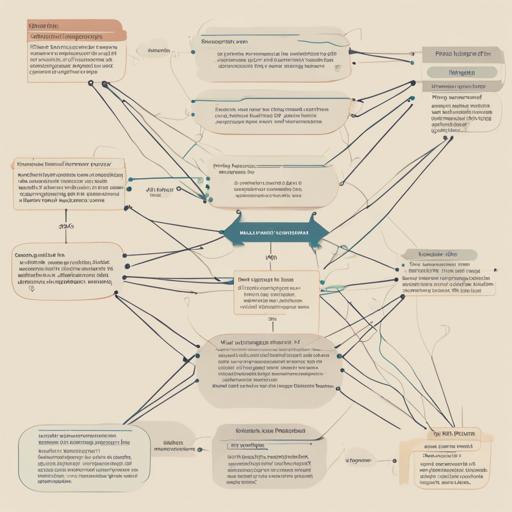In the realm of natural language processing, RoBERTa has carved out an impressive niche. This blog will guide you through understanding and utilizing the RoBERTa-base model that has been specifically trained on the Multi-Genre Natural Language Inference (MNLI) dataset. The results of this training yield accuracy scores that are quite remarkable: 86.32% for MNLI and 86.43% for MNLI-mm.
What is RoBERTa?
RoBERTa, or Robustly Optimized BERT Approach, is a transformer-based model designed to understand the nuances of language. It builds upon the BERT architecture but is optimized to improve performance through varied training techniques and larger datasets. When RoBERTa is trained on MNLI, it learns to discern relationships between sentences to determine whether one sentence entails, contradicts, or is neutral regarding another.
How to Use RoBERTa for MNLI Tasks
To get started with RoBERTa-base on MNLI, follow these steps:
- Install Necessary Libraries: Ensure you have the Hugging Face Transformers library installed in your Python environment. You can install it using:
pip install transformersfrom transformers import AutoModelForSequenceClassification, AutoTokenizer
model = AutoModelForSequenceClassification.from_pretrained('prajjwal1/roberta-base-mnli')
tokenizer = AutoTokenizer.from_pretrained('prajjwal1/roberta-base-mnli')inputs = tokenizer("Premise text here", "Hypothesis text here", return_tensors='pt')outputs = model(**inputs)
logits = outputs.logits
predicted_class = logits.argmax().item()Understanding Performance Metrics
The model’s performance on MNLI is evaluated based on accuracy scores. The model achieved:
- MNLI: 86.32%
- MNLI-mm: 86.43%
These scores indicate that RoBERTa can effectively classify relationships in diverse contexts, making it suitable for various applications in NLP tasks.
Comparative Model Options
If you’re interested in exploring deeper or larger models, consider checking out:
- prajjwal1/roberta-large-mnli
- prajjwal1/albert-base-v2-mnli
- prajjwal1/albert-base-v1-mnli
- prajjwal1/albert-large-v2-mnli
Troubleshooting
While working with RoBERTa, you may encounter some issues. Here are a few troubleshooting tips:
- Installation Errors: If you have trouble installing the Transformers library, check your Python version and ensure that pip is updated. You can update pip using
pip install --upgrade pip. - Model Loading Issues: If the model doesn’t load, double-check the model name and ensure you have an active internet connection to download the weights from Hugging Face.
- Input Format Problems: Make sure your inputs are formatted correctly; you may need to adjust the premise and hypothesis input structure.
For more insights, updates, or to collaborate on AI development projects, stay connected with fxis.ai.
Conclusion
In summary, RoBERTa trained on MNLI provides an accessible and effective method for tackling complex language inference tasks. By following the outlined steps, you can easily implement this powerful model in your projects.
At fxis.ai, we believe that such advancements are crucial for the future of AI, as they enable more comprehensive and effective solutions. Our team is continually exploring new methodologies to push the envelope in artificial intelligence, ensuring that our clients benefit from the latest technological innovations.

